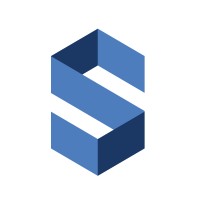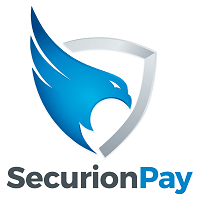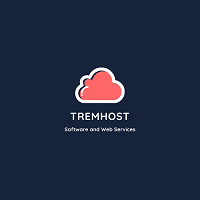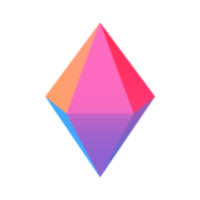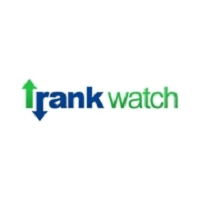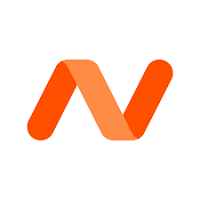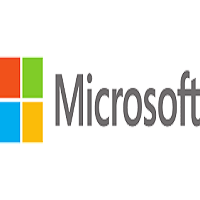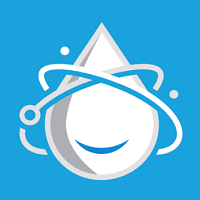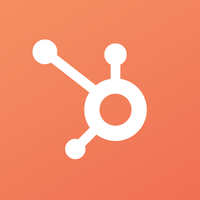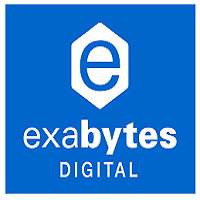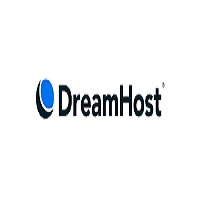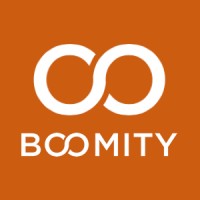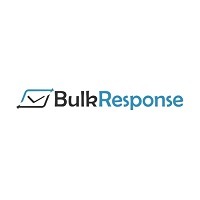Remote Support Software
Remote support software is a type of software that enables I.T. professionals to access and manage computer assets off location via the cloud. The Top Remote Support Software is often used by help desks or service desks in order to provide support to users who are not physically present at the same location as the I.T. professionals.
Remote support software typically includes the best features such as remote control, file sharing, chat, and screen sharing, which allow I.T. professionals to provide support to users in a variety of different ways.
Consider a client who is having trouble installing a patch to debug his laptop. This problem can be fixed by a regular help desk, but it will take a lengthy period of back-and-forth emails before assistance resolves it. By enabling immediate access to the customer’s device, remote support software elevates your level of customer care. This expedites the process and makes the consumer happy.
Most network administration and support operations, including the resolution of technical difficulties by IT teams, may now be carried out offsite thanks to the continually improving remote access technology, which is evidenced by the existence of top remote support software platforms.
Adopting a Top remote support software is essential to support your clients and end users when they run into problems that require the assistance of your IT specialist as help desk systems deal with the expanding demands and complexities of multiple devices and a distributed workforce.
One of the main reasons clients get in touch with your support team is for technical problems. Meanwhile, phone channels are used for 40% of support queries. However, only one phone cannot handle 52% of all inbound calls.
It gets even more difficult if the problem is technological, especially if the client doesn’t understand it. Companies are looking at remote support software to offer an efficient and effective answer to this issue.


